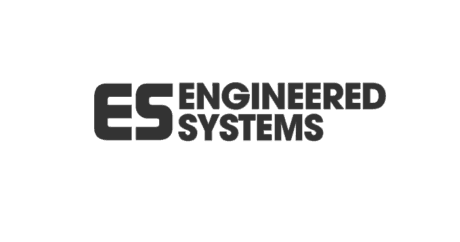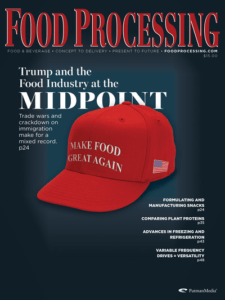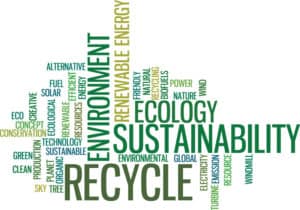

PLMA recognized Viking Cold as a 2019 Technology Pioneer

Grocery Business – Are You Meeting Scope 1, 2, and 3 Emissions Goals Like Your Competitors?
An article on the Grocery Business website describes the importance of understanding multiple categories of sustainability standards and why each Scope 1, Scope 2, and Scope 3 emissions goals are important for grocers to remain competitive. Learn more about the expectations of customers, competitors, investors, and even CPG brands for grocers to improve their sustainability.
SupplyChainDive.com – Why low-carbon warehouses are even more important than you thought
Do you know what Scope 3 emissions are? If you own or manage a warehouse then you should understand what these customer requirements are and how to meet them to keep your current customers and attract new customers. SupplyChianDive.com published an article about the increasing demand from CPG, retailers, and end consumers for distribution partners to become more sustainable and how warehouse operators can meet Scope 3 emissions standards.
Distributed Energy Magazine – Thermal Energy Storage, A Cooler Energy Storage Technology

Food Processing – How Refrigeration Systems Can Be Enhanced for Food and Beverage Manufacturers

Microgrid Knowledge highlights growing Thermal Energy Storage applications

Grocery Business – Longer and Safer Flywheeling in Freezers

Grocery Business – How Grocers Can Boost Sustainability, Store Traffic, and Profits

Release: Greater Boston Food Bank, Eversource, and Viking Cold Solutions Collaborate to Cut Energy Consumption at Yawkey Distribution Center
Installation of thermal energy storage system allows the Food Bank to provide 10,500 more meals every year
BOSTON–(BUSINESS WIRE)–The Greater Boston Food Bank is starting the year off with a 75 percent reduction in energy use during targeted peak hours and substantial cost savings thanks to a partnership with Eversource and the installation of a new Viking Cold Solutions thermal energy storage (TES) system. The TES system for the Food Bank’s refrigeration units was installed at its 117,000 square-foot, high-efficiency Yawkey Distribution Center in South Boston.

The new TES system, developed by Viking Cold Solutions, has reduced electrical consumption at the Greater Boston Food Bank’s energy-intensive, cold storage facility while improving temperature stability inside their freezer. Cold storage facilities, such as frozen food warehouses and grocery store walk-in freezers, have the highest energy demand per cubic foot of any category. During peak energy use periods, they can account for up to 70 percent of the total electric bill for commercial and industrial organizations.
Read More →

